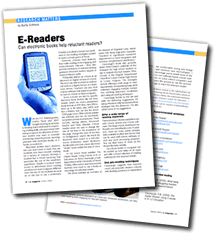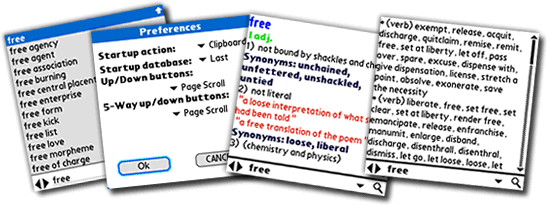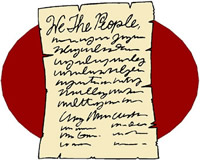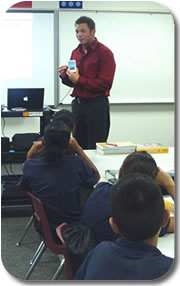Can eBooks Help Reluctant Readers?
 Monday, November 27, 2006 at 12:47PM
Monday, November 27, 2006 at 12:47PM  Kathy Schrock wrote a two-page article about eBooks in the current issue of i.e. magazine from SMART Technologies. E-Readers: Can Electronic Books Help Reluctant Readers? starts on page 10. Certainly the answer to the title of the article is a resounding yes!
Kathy Schrock wrote a two-page article about eBooks in the current issue of i.e. magazine from SMART Technologies. E-Readers: Can Electronic Books Help Reluctant Readers? starts on page 10. Certainly the answer to the title of the article is a resounding yes!
Kathy mentions Dr. Terry Cavanaugh's book, The Digital Reader: Using E-books in K-12 Education. The book is full of advice and resources for teachers. It offers a list of five strategies for high school teachers to support reluctant readers. Though, these strategies can surely be used for all readers. Kathy briefly explains the strategies:
- Offer a wide range of reading materials.
- Use pre-reading techniques.
- Incorporate large-print materials.
- Engage multiple modalities.
- Teach important vocabulary.
You can download the Autumn 2006 edition of i.e. magazine in PDF format. You can have a paper edition mailed to you by subscribing for free here.












 The second day of the
The second day of the  I spoke about my five reasons for loving handheld computers. These include freeing the computer lab, teacher tools, free software, engaging activities, and animations. I've given this speech many times in the states, but this was first time abroad and by far the shortest time I've had to showcase why handhelds are great for teaching and learning. Aside from a few other speakers like Gerry Gray, I was the only one to really talk about hardware and software. In fact, most speakers emphasized that its not about the technology and all about learning. So true. However, teachers need to know the capabilities of the devices so they can plan learning activities! Most delegates didn't realize that they can run Palm OS applications using StyleTap and were very excited with what they saw. I wish I had more time to share other pieces of software.
I spoke about my five reasons for loving handheld computers. These include freeing the computer lab, teacher tools, free software, engaging activities, and animations. I've given this speech many times in the states, but this was first time abroad and by far the shortest time I've had to showcase why handhelds are great for teaching and learning. Aside from a few other speakers like Gerry Gray, I was the only one to really talk about hardware and software. In fact, most speakers emphasized that its not about the technology and all about learning. So true. However, teachers need to know the capabilities of the devices so they can plan learning activities! Most delegates didn't realize that they can run Palm OS applications using StyleTap and were very excited with what they saw. I wish I had more time to share other pieces of software.




 Last week I had the absolute pleasure of introducing handheld computing to seventh and eight graders at
Last week I had the absolute pleasure of introducing handheld computing to seventh and eight graders at  I want to tell you about some new (or somewhat new)
I want to tell you about some new (or somewhat new) 
